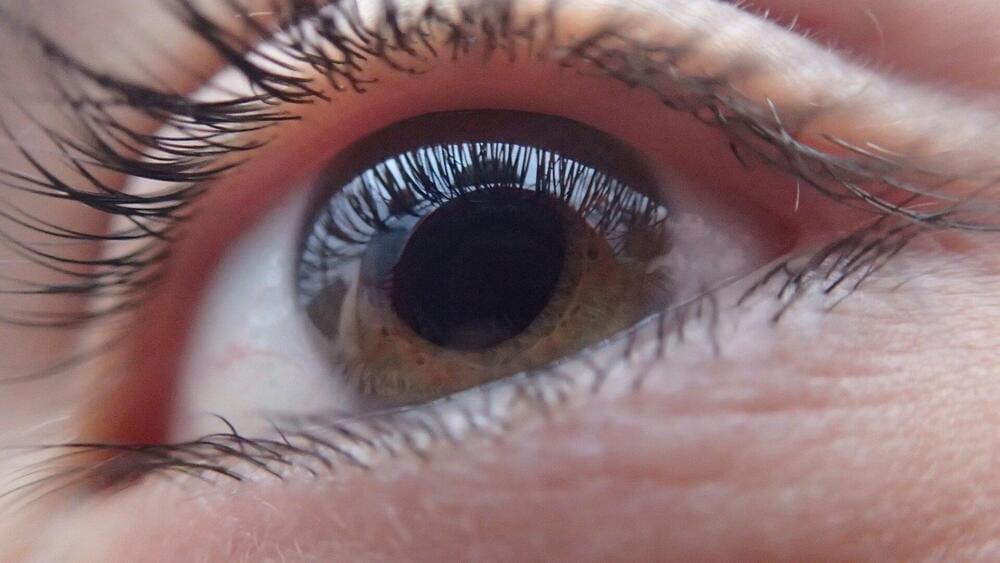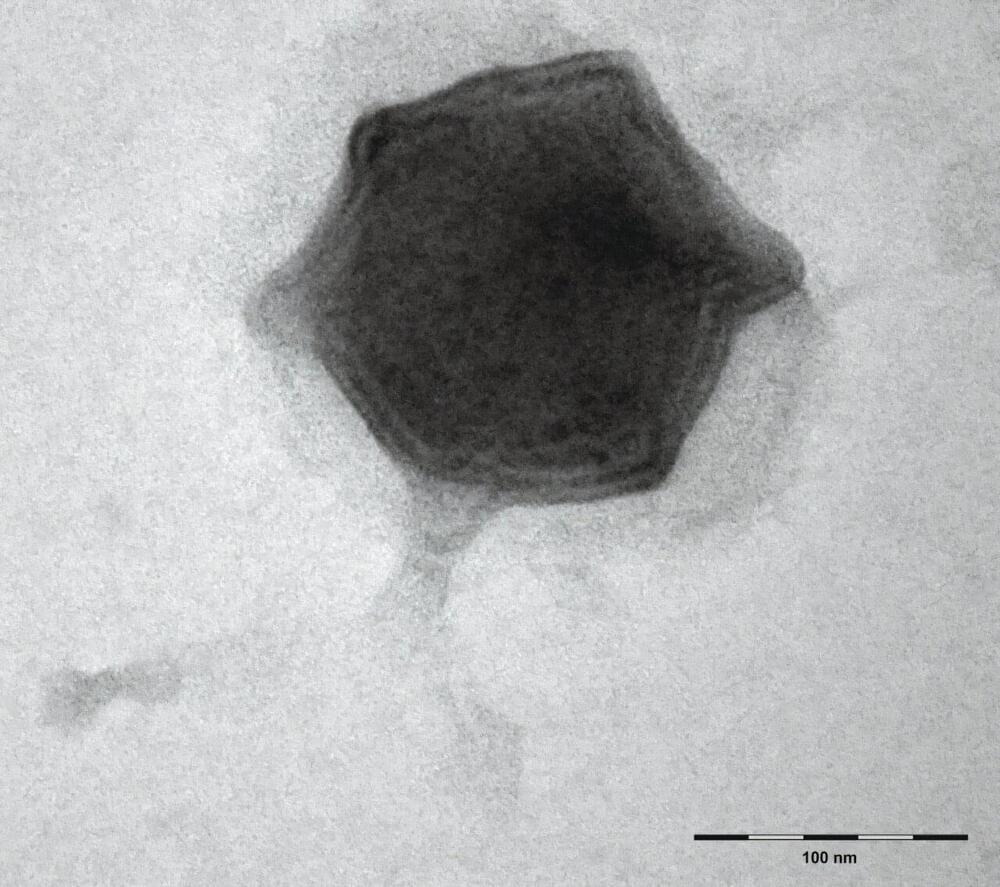More than 4 million people in the U.S. have glaucoma, a group of eye diseases that can damage the optic nerve and lead to vision loss. It’s the second-leading cause of blindness worldwide and there’s currently no cure, but there’s a way to help prevent vision loss through early detection and treatment.
The two main treatment options, however, are inefficient and have downsides. Medicated eyedrops are noninvasive but can’t be absorbed for full effectiveness. Repeated injections into the eye can lead to infections or inflammation, not to mention patient discomfort.
Researchers at Binghamton University are exploring several new glaucoma treatments that would be less invasive. In a study recently published in the Journal of Materials Chemistry B, Assistant Professor Qianbin Wang and Ph.D. student Dorcas Matuwana from the Thomas J. Watson College of Engineering and Applied Science’s Department of Biomedical Engineering shared their findings for drug-carrying liposomes that could be activated in the eye using near-infrared light.







